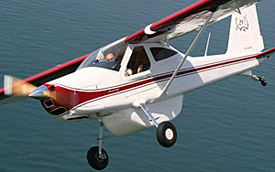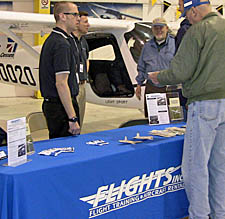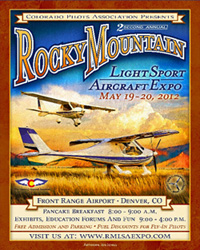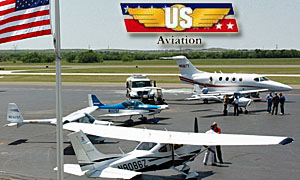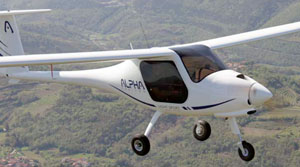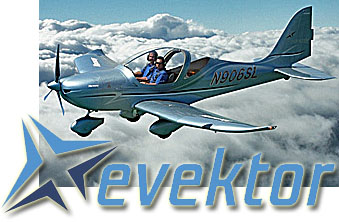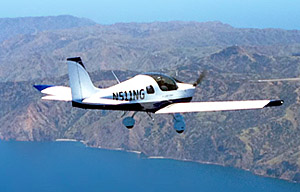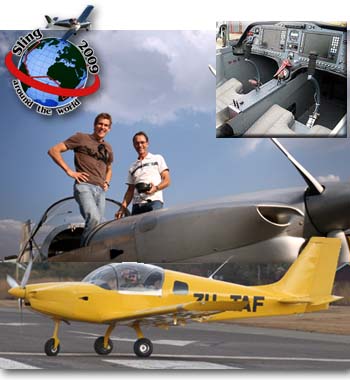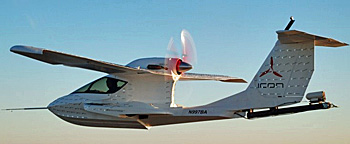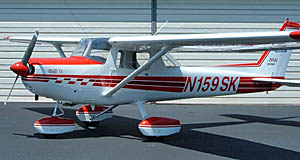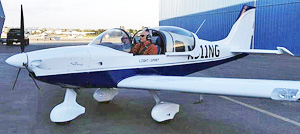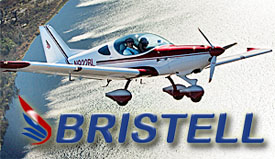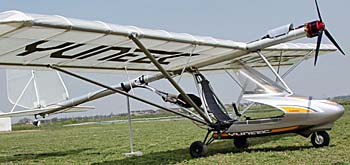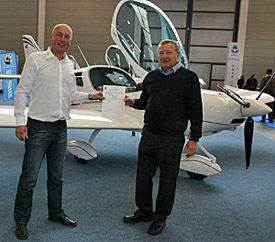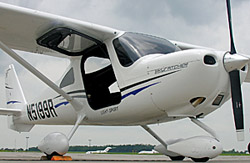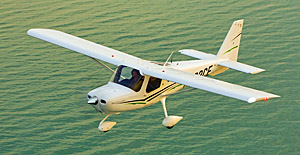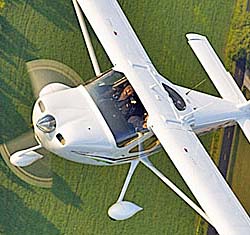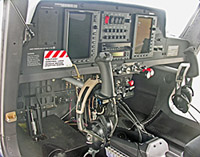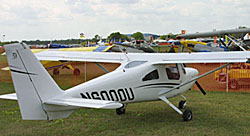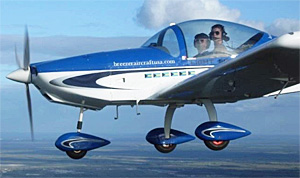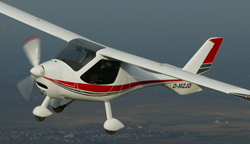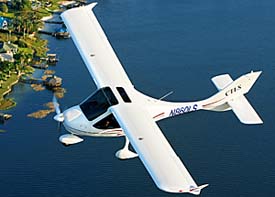
Anyone who has tried to borrow money in the last five years knows how tough it has become. Banks supported by government guarantees practically gave money away before the subprime meltdown but are now being much more careful. That’s a good thing but it means even some credit-worthy customers can’t get the loan they need. Commonly rejected are flight schools. Flight training enterprises across the nation are struggling to obtain financing to buy new aircraft to replace aging fleets of trainers. *** Despite the challenges, one LSA outfit has found at least a partial answer. Thanks to a solid customer (and onetime dealer), Flight Design USA has been able to offer a limited number of schools a method called leaseback. Training students today are three leased back CTLS Light-Sport Aircraft but this business success is only one part of a genuine human interest story. *** “We are pleased to announce the third CTLS leased to a flight school was used by Iraq war veteran Adam Kisielewski, an Able Flight scholarship recipient who recently earned his Sport Pilot certificate,” said Tom Peghiny of Flight Design USA.






